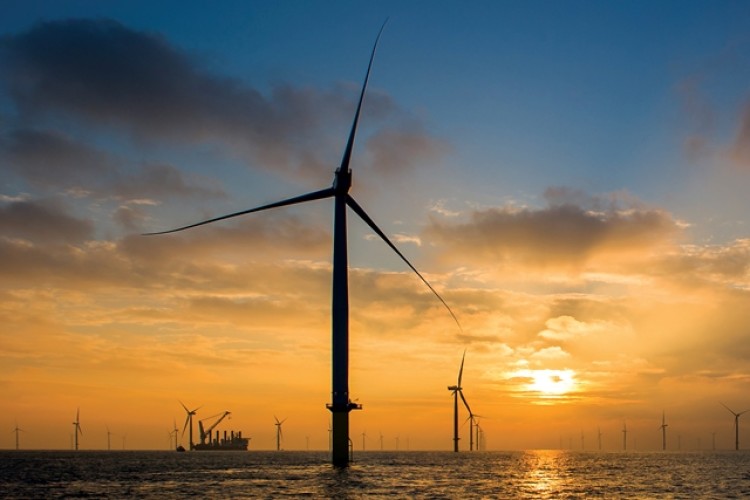The consortium behind London Array has decided not proceed with its planned second phase following a review of the technical challenges and the environmental uncertainties. It was going to take at least three years until the potential impact of the expansion on birds could be completely assessed.
London Array has asked The Crown Estate to terminate the agreement for lease for the Phase 2 area and has cancelled the remaining grid capacity it had reserved at the National Grid substation at Cleve Hill, Graveney, Kent.
General manager Mike O’Hare said: “Phase 2 has always been subject to a Grampian condition requiring London Array to demonstrate that any change caused by the additional turbines to the habitat of the red throated divers that overwinter in this part of the Thames Estuary would not compromise its status as a designated environmental special protection area.
“We believe it will take until at least January 2017 for that data to be collected and although initial findings from the existing Phase 1 site look positive, there is no guarantee at the end of three years that we will be able to satisfy the authorities that any impact on the birds would be acceptable.
“In the absence of any certainty that Phase 2 would be able to go ahead, our shareholders have decided to surrender The Crown Estate agreement for lease on the site, terminate the grid connection option, and concentrate on other development projects in their individual portfolios. Our existing operations at Ramsgate and staffing levels are unaffected.”
The original consent for London Array was for a wind farm of up to 1000MW, with 630MW in Phase 1 – which is complete, fully operational and the world’s largest offshore wind farm. Phase 2 had the potential to provide capacity for a further 370MW although known constraints on site resulted in plans for just 240MW being drawn up with an expectation that the final capacity would be closer to 200MW.

Mike O’Hare added: “The Phase 2 site is technically more challenging than Phase 1 with a large area in very shallow water. Additional issues include a difficult and longer route for the export cables and an exclusion zone for aggregates operations.
“Phase 1 is performing very well with January 2014 London Array’s second successive record month for the amount of electricity generated. Our shareholders remain committed to offshore wind in the UK, however the combination of environmental uncertainties, technical challenges and the option to develop other sites has resulted in their decision not to proceed with Phase 2.”
The project consortium is 50% owned by Dong Energy, 30% by E.ON and 20% by Masdar.
Red throated diver
London Array: footnotes
- Planning consent for a 1GW offshore wind farm was granted in 2006
- Onshore construction of a substation at Cleve Hill in Kent began in July 2009
- Offshore foundation construction started in March 2011
- The first turbine was installed in January 2012, first power was achieved in October that year and the final (175th) turbine was installed in December 2012.
- London Array is now fully operational, covering an offshore area of 100km2
Got a story? Email news@theconstructionindex.co.uk




